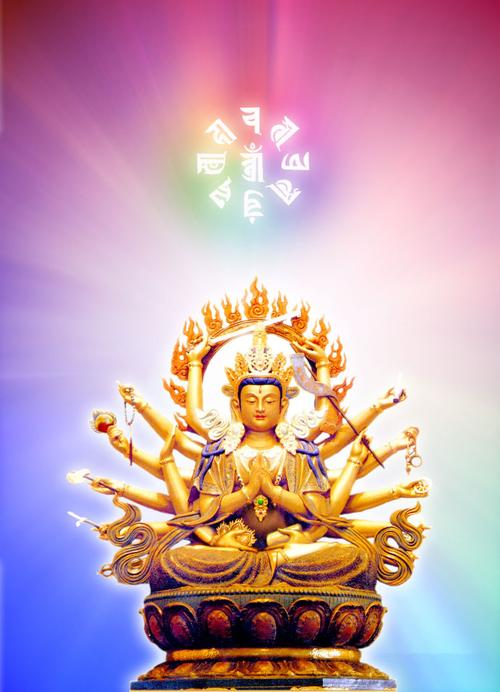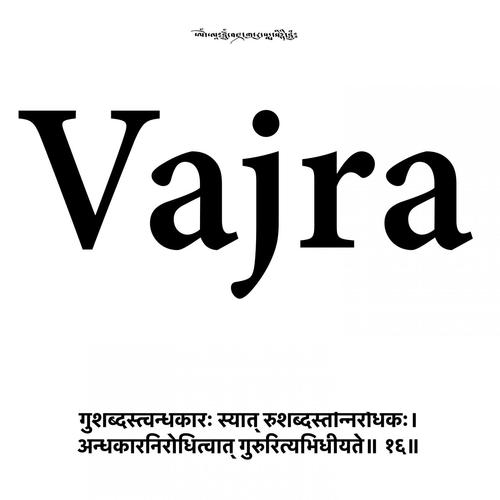Om Ah Hung Vajra Guru Padma Siddhi Hung: A Deep Dive into Its Meaning and Significance
The mantra “Om Ah Hung Vajra Guru Padma Siddhi Hung” is a powerful and profound Buddhist mantra that holds immense significance in Tibetan Buddhism. This article delves into the meaning and significance of this mantra from various dimensions, providing you with a comprehensive understanding of its essence.
Origins and Historical Context
The mantra “Om Ah Hung Vajra Guru Padma Siddhi Hung” has its roots in the Vajrayana tradition of Buddhism, which originated in India and later spread to Tibet. It is believed to have been composed by Padmasambhava, also known as Guru Rinpoche, who is considered the second Buddha in Tibetan Buddhism. The mantra is a combination of various elements, each with its own meaning and significance.

Breaking Down the Mantra
Let’s break down the mantra into its individual components to understand its meaning:
| Component | Meaning |
|---|---|
| Om | The sound of the universe, representing the ultimate reality and the source of all existence. |
| Ah | Represents the sun, symbolizing wisdom and clarity. |
| Hung | Represents the wind, symbolizing the power of transformation and the ability to transcend limitations. |
| Vajra | Represents the indestructible thunderbolt, symbolizing the power to overcome obstacles and the ability to cut through ignorance. |
| Guru | Means “teacher” or “guide,” representing the wisdom and compassion of the Buddha and his teachings. |
| Padma | Represents the lotus flower, symbolizing purity, beauty, and the ability to rise above the muddy waters of samsara (the cycle of birth, death, and rebirth). |
| Siddhi | Means “perfection” or “achievement,” representing the ultimate goal of enlightenment. |
| Hung | Represents the wind, symbolizing the power of transformation and the ability to transcend limitations. |
When combined, these components create a powerful mantra that represents the union of wisdom, compassion, and the ability to transcend limitations, leading to enlightenment.
Practical Applications
The mantra “Om Ah Hung Vajra Guru Padma Siddhi Hung” is used in various practices within Tibetan Buddhism. Here are some of the practical applications:
-
Mediation: The mantra is often used during meditation to focus the mind and cultivate inner peace and clarity.

-
Healing: It is believed that the mantra has healing properties and can be used to alleviate physical and mental suffering.
-
Protection: The mantra is used for protection against negative energies and to create a sense of safety and well-being.
-
Enlightenment: The mantra is considered a powerful tool for achieving enlightenment and realizing the true nature of reality.
Cultural and Spiritual Significance
The mantra “Om Ah Hung Vajra Guru Padma Siddhi Hung” holds immense cultural and spiritual significance in Tibetan Buddhism. It is considered a sacred text and is often found in temples, monasteries, and homes. The mantra is also a central part of various rituals and ceremonies, symbolizing the connection between the practitioner and the Buddha.
Conclusion
The mantra “Om Ah Hung Vajra Guru Padma Siddhi Hung” is a profound and powerful expression of the Buddhist path to enlightenment. By understanding its meaning and significance, you can gain a deeper appreciation for the wisdom and compassion of the teachings and apply its principles to your own spiritual practice.




